Mastering Commercial Pilot Requirements Hours 2025
May 30, 2025
To become a commercial pilot you need 250 hours, that’s the minimum requirement set by the Federal Aviation Administration (FAA). Training flights are crucial in meeting the FAA's flight hour requirements.
These hours include specific categories like pilot in command time and cross-country flights. This article will break down the details of these requirements and give you tips on how to get the hours.
Key Takeaways
-
Aspiring commercial pilots must log a minimum of 250 flight hours, including specific requirements for pilot-in-command and cross-country flights as mandated by the FAA.
-
Completing advanced ratings such as instrument and multi-engine ratings is crucial for enhancing operational capabilities and increasing total flight hours. Obtaining extensive flight experience is essential for significantly improving job prospects in the aviation industry.
-
Financial planning is essential for pilot training, with total costs potentially reaching approximately $116,995, necessitating exploration of financing options and scholarships to manage expenses effectively.
Understanding Flight Time Requirements for a Commercial Pilot License
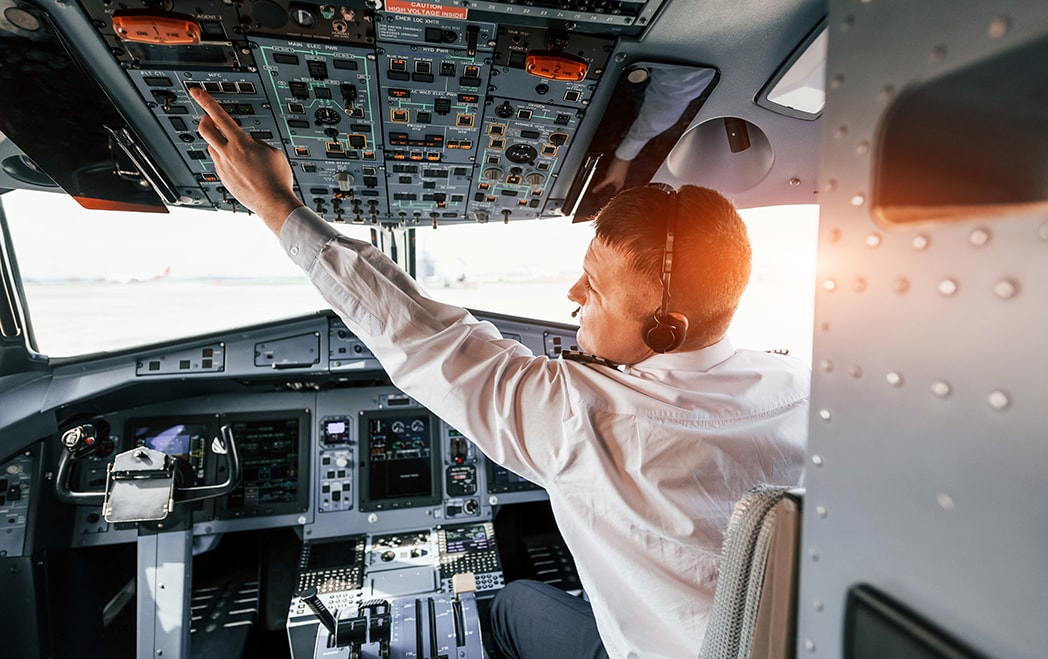
Getting a commercial pilot certificate is a detailed and tough process that requires planning and dedication. To become a commercial pilot you must have at least 250 hours of flight time according to the Federal Aviation Administration (FAA), which includes specific hours of training. The hours are broken down into different categories of flight time that are critical to developing the skills needed for safe and proficient commercial flying.
Flight time is more than just clocking hours. It’s about getting varied experience to be resilient to the challenges of commercial flying.
This means getting pilot in command time, cross country time, and focused training exercises. Additionally, you must log a minimum of ten hours of solo flight time in a single-engine airplane as part of the aeronautical experience needed for certification. Getting advanced ratings like instrument or multi engine ratings adds to your navigation skills and adds to your total flight hours.
Knowing the requirements and planning your journey can help you get to commercial pilot license faster. For example, simulator sessions count towards your commercial pilot license requirements so you can use them to accumulate your required flying experience.
Breakdown of Required Flight Hours
Getting a commercial pilot certificate requires meeting specific flight hour requirements. The FAA says to be eligible for this certificate you must have at least 50 hours in command of cross-country flights.
A cross-country flight is one that is at least 50 nautical miles from the point of origin. Additionally, you must complete one cross country flight that meets specific conditions.
Within those flight hours, you’ll need to do two long cross-country flights: one 2 hours in daylight and one 2 hours at night, each over 100 nautical miles from the original departure point. This ensures you get exposure to different visual conditions and experience applicable to all the different scenarios you’ll encounter in commercial flying.
To meet the requirements for a commercial pilot license you’ll need to have 50 hours of cross country flying as pilot in command.
By having such high requirements including this big chunk of navigated distance the goal is clear. To have future aviators with broad practical knowledge for navigating the complexities of professional aviation sectors.
Logging Simulator Time
The FAA permits prospective pilots to use up to 50 hours of flight simulator time as part of the necessary flight hours for obtaining a commercial pilot certificate.
Practicing partial panel skills during simulator sessions is crucial for developing the ability to handle instrument failures, focusing on maneuvers such as attitude instrument flying and recovery from unusual flight attitudes.
This provision offers an advantageous opportunity for individuals seeking this credential, allowing them to refine their flying capabilities within a regulated setting and engage in exercises that could be challenging or not feasible during real-world flights.
Key Steps to Achieve Your Commercial Pilot Certificate
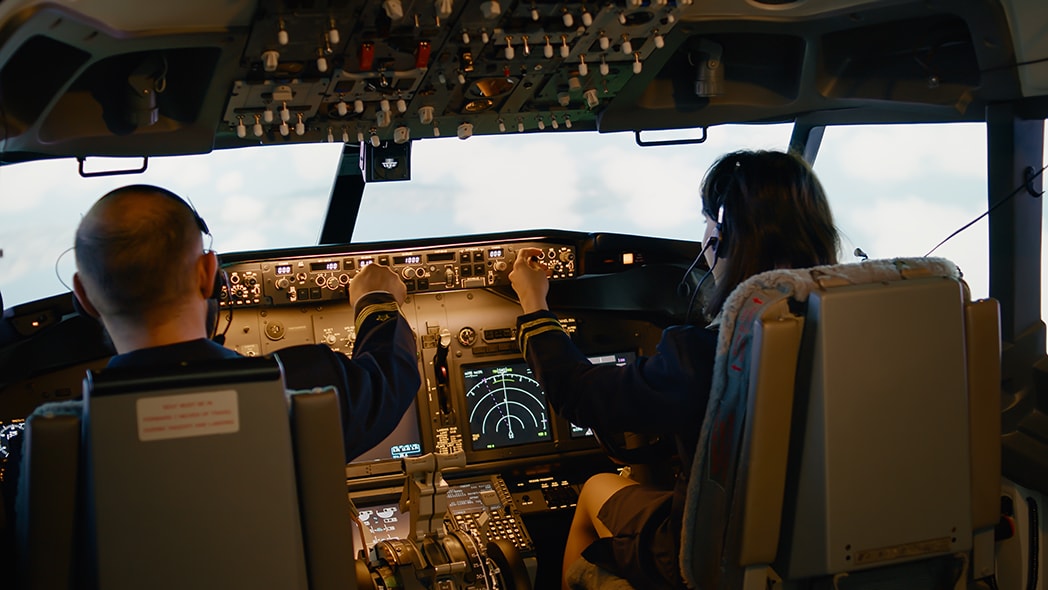
Becoming a commercial pilot starts with getting your private pilot certificate. This is the foundation, it gives you the skills and hours you need to move forward. Then you need to get an instrument rating before you can get your commercial pilot certificate. Adding advanced ratings like multi-engine endorsements can make you more marketable in the aviation industry.
It is crucial to log both ground and flight training from an authorized instructor to ensure you meet specific aeronautical knowledge and operational skills, including emergency operations and necessary maneuvers.
To do these:
-
Get your private pilot certificate to get the skills and hours you need.
-
Get your instrument rating next.
-
Then get your commercial pilot certificate.
-
Enhance your credentials by getting advanced ratings like multi engine.
To meet training requirements, construct a flying schedule this helps you accumulate hours more efficiently and stay proficient through consistent practice.
Get moving towards your commercial certificate by creating a plan that includes regular flights and ongoing education and maximize your resources from flight schools or simulator sessions stick to the plan and you’ll make steady progress towards becoming a commercial pilot.
Basic Prerequisites
To start training as a commercial pilot you must meet certain basic requirements. You must be 18 years old or over, have a valid medical certificate and be able to read, speak, write and understand English.
Additionally, you will need to log a specific number of flight hours in powered aircraft, which includes airplanes, helicopters, and powered lifts, as part of the training process.
Training as a Private Pilot
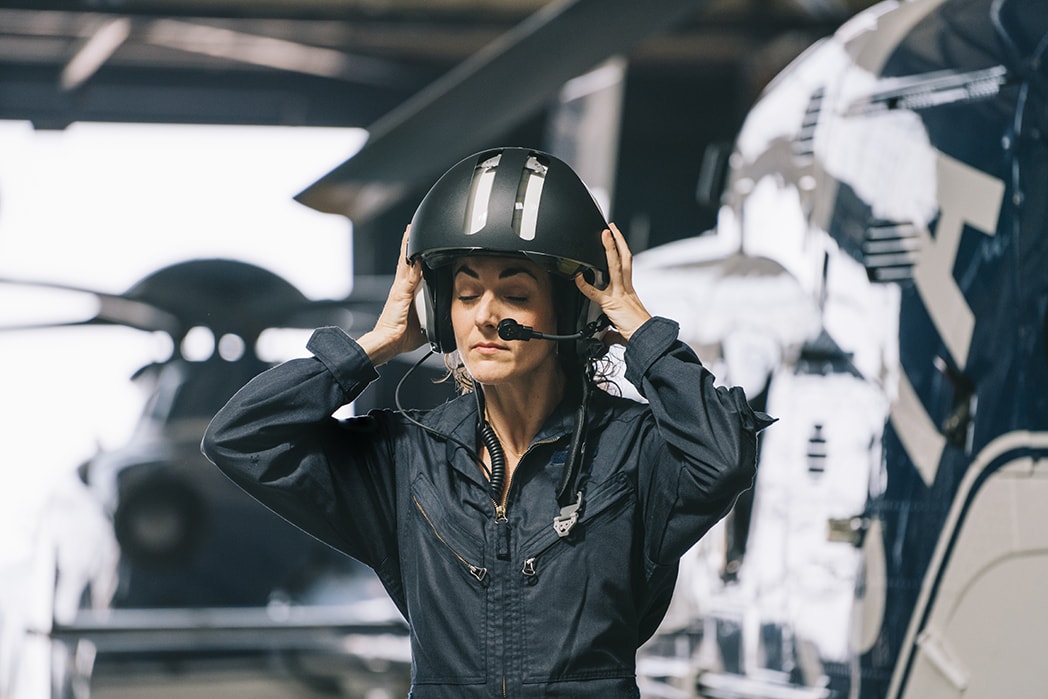
Becoming a commercial pilot starts with getting a private pilot certificate. This early stage of training lays the foundation for more complex aviation challenges. Pilots must pass a written exam to test their knowledge and a practical test to show their flying ability. These tests ensure that you are ready for the challenges you will face as you progress through your pilot certification journey.
To fly commercially you must have at least a first class medical. This is important as it verifies that you meet strict physical and mental requirements to fly safely.
To get your private pilot license you must accumulate a certain number of hours of flight time including solo flights and cross-country trips. If you're wondering how many flying hours to become a private pilot, the FAA requires a minimum of 40 hours though most students exceed this to ensure proficiency before checkride day.
Additionally, logging a minimum of ten hours of solo flight time in a single-engine airplane is required as part of the aeronautical experience needed for certification.
The training you receive while getting your private pilot certificate is essential as it provides the foundation upon which all further aerial skills are built including complex aerobatics and advanced ratings so you can build confidence and competence as a pilot.
Passing Written and Practical Exams
To get a commercial pilot certificate you need to pass two exams: a written and a practical. The written exam covers all the theoretical subjects you need to know for safe and efficient flying: flight planning, meteorology, navigation, aircraft systems.
In the second part the practical exam also called a checkride you need to show that you can safely fly an aircraft. You need to show knowledge of the aircraft systems: flight controls and landing gear and be able to manage different in-flight situations through various practical tests. Additionally, you must demonstrate recovery from unusual flight attitudes during the practical test.
The Role of Advanced Ratings in Meeting Flight Hour Requirements
Getting higher ratings is key to accumulating the flight hours to get a commercial pilot certificate. With an instrument rating pilots can fly under instrument flight rules. This adds to their total flight time and makes them more proficient in different weather conditions.
Training in a complex airplane is also necessary as part of the advanced ratings, involving advanced operational skills required for pilot command in more sophisticated aircraft.
Getting both an airplane multiengine rating and a helicopter rating is important for those who want to fly bigger and more complex aircraft. These endorsements add to a pilot’s flight hours and opens up more lucrative job opportunities and more challenging flying experiences.
Instrument Rating
Instrument training is a big milestone for aviators. It allows them to accumulate more flight hours and fine tune their flying skills. Pilots with an instrument rating can fly through different weather scenarios which adds to safety and judgment while in the air.
The essence of instrument training is to master aircraft control by relying solely on cockpit instruments, independent of external visual references from the ground. Tracking navigational systems is also a crucial part of this training, as it includes skills such as attitude instrument flying and interception techniques.
This is important for pilots who want to fly through suboptimal weather and is a big addition to their professional credentials especially when it includes attitude instrument flying using a flight training device such as an electronic primary flight display.
Multi-Engine Rating
Getting a multi engine rating is a must for commercial pilots. This rating gives you the skills to manage the complexities of flying multi-engine aircraft which are everywhere in commercial flying. The training involves learning advanced flying techniques and getting familiar with complex aircraft systems including the engine management system.
Understanding the engine control system is crucial during multi-engine training, as it includes digital computers and accessories for managing engine and propeller performance.
Having a multi engine rating gives you more than just the hours for flight experience. It increases your functional skills and opens up more job opportunities in the aviation industry especially for those who want to fly bigger and faster planes.
Flight School Considerations for Aspiring Pilots
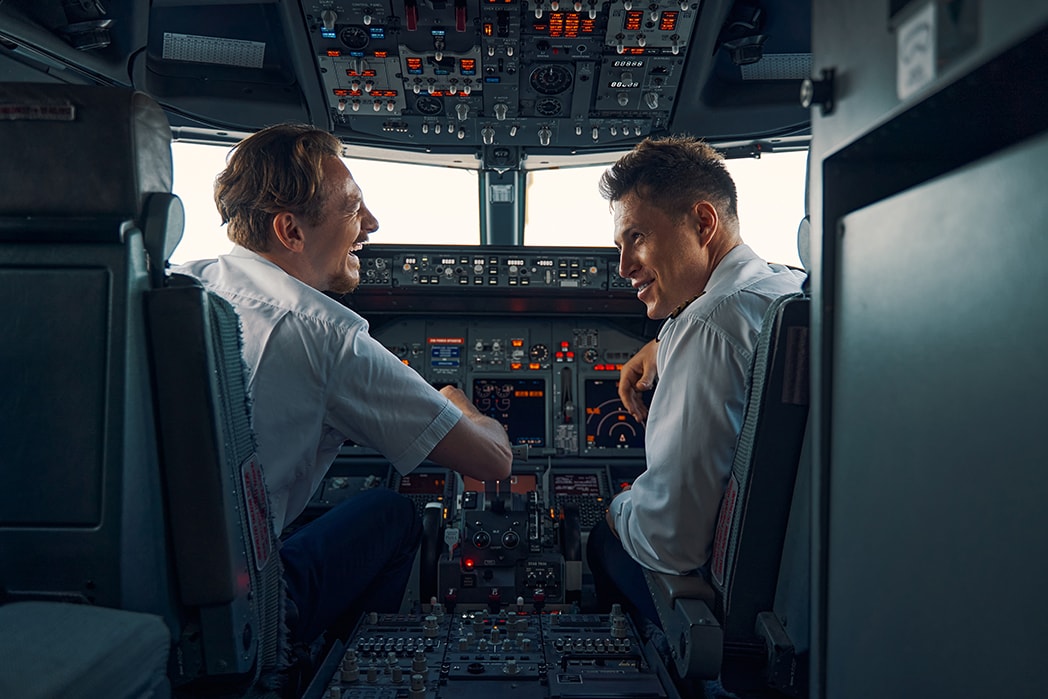
Choosing where to do your pilot training is a big decision in becoming a commercial pilot. The level of instruction you get will impact how well you are prepared to get your commercial pilot license. Make sure the flight school you choose is FAA certified as it means they meet strict educational standards.
Attending a training center certificated by the FAA can allow you to credit significant hours toward your total aeronautical experience requirements based on the specific aircraft rating you are pursuing.
You need to dig into the flight school’s reputation for instruction and client relations when choosing where to enroll.
Having a full understanding of all the costs associated with getting your piloting skills is key to proper budgeting and avoiding surprise expenses. Choosing a school with a good reputation and clear costs will make your whole flight training journey more quality and predictable.
Picking a school that matches what you are looking for in terms of professional goals will give you a solid foundation to launch your aviation career. Spending time to research the programs, instructors and ambiance during training will play a big role in your future opportunities in this industry.
Selecting an Approved Commercial Pilot Course
Going to an FAA approved flight school is crucial to ensure your flight training meets the regulatory requirements to get a commercial pilot license. This approval means the school maintains high standards of training and provides a solid foundation for those who want to become pilots.
Attending an approved course can sometimes allow for fewer hours of training to meet certification requirements.
An approved commercial pilot course covers everything from ground school to actual flight training, so you are ready for the FAA exams and the real world of being a commercial pilot.
Evaluating Flight School Programs
When evaluating flight school programs you should consider cost, length of program and instructor qualifications.
Cost can vary greatly depending on program specifics, type of aircraft used for training and location of the school. A fixed cost model can give you more transparency on total costs and help with financial planning.
The condition and variety of aircraft in a flight school’s fleet is worth looking into. Access to different types of well-maintained aircraft is important for getting thorough training on different models.
Training with an electronically advanced avionics system is crucial for modern aviation, as it includes necessary components such as electronic displays, autopilot integration, and navigation systems.
If possible, choose a school that includes training in a technically advanced airplane, as it better prepares students for the modern avionics and systems used in today’s aviation industry.
How many students are assigned to an instructor is also important. This ratio affects how much one on one attention you will get during your training.
Lastly the overall culture of a flight school and its safety measures plays a big role in your future aviation career. Enrolling in a school that prioritizes safety and has a supportive learning environment will help you develop your skills and be professional in the aviation industry.
Financial Investment in Flight Training
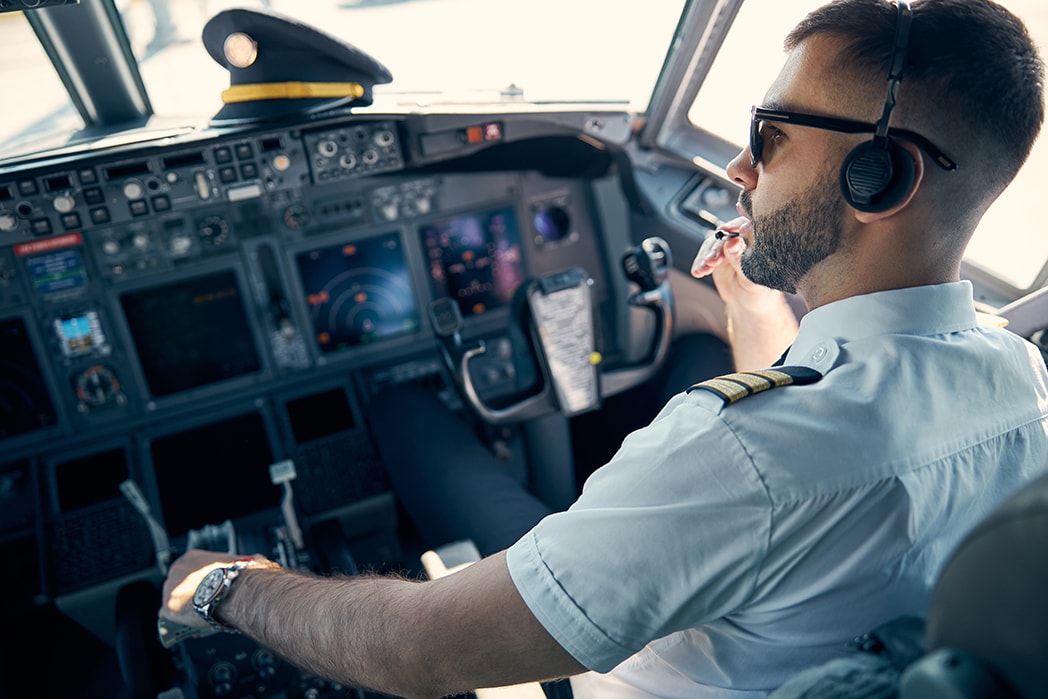
Understanding the financial investment required for pilot training is key to budgeting and researching financing options. If you’re starting from scratch, the total cost to become a commercial pilot is around $116,995. If you already have a private pilot certificate, the cost is slightly lower at around $86,995.
Additionally, obtaining a powered lift rating can add to the overall financial investment, as it involves specific training and flight time requirements.
Consider actual flight time, fixed pricing and overall investment when calculating the cost of training. To avoid surprise expenses while getting your pilot certificate, do your research and plan out your financial obligations thoroughly.
Understanding Training Costs
Costs can vary greatly depending on many factors such as the type of program, length and quality of flight instructors. Make sure to consider these when choosing a flight school to ensure you get your money’s worth. Fixed pricing models can offer more predictability and help with budgeting. Additionally, training in a turbine powered airplane can significantly impact costs, so it's important to factor this into your budget.
Consider course duration and instructor quality when making your decision. Choose a flight school that has not only a comprehensive course certified by a training center but also experienced flight instructors who can issue a flight instructor certificate. This will likely benefit both your training and readiness for certification.
Career Opportunities After Obtaining a Commercial Pilot License
Having a commercial pilot license opens up many career paths such as being a flight instructor, charter operator or cargo pilot. The process to get to an airline pilot takes 2.5 years which is 1 year of training and then additional flight hours to get advanced certifications and commercial flying.
For many, this is just the beginning the next question is often how long does it take to become a pilot captain and what steps are needed beyond the commercial license to reach that prestigious position.
Extensive flight experience is crucial for pursuing a career in corporate aviation, as it ensures the pilot is well-prepared to manage flight plans and ensure passenger safety.
A commercial pilot can work with major airlines, corporate aviation or provide chartered flights as a professional pilot. The variety of career options makes aviation a great and rewarding career for many people.
Airline Transport Pilot Pathway
Going from a commercial pilot to an Airline Transport Pilot (ATP) requires building up hours and passing a written test that focuses on airline operations.
For pilots who want to fly for airlines, getting an ATP is mandatory it proves they can be the pilot in command for regular air transport operators. This requires more flight experience, advanced training and adherence to Federal Aviation Administration (FAA) ATP regulations. Understanding the heading guidance system is crucial for airline transport pilots as it is a key component of a technically advanced airplane's avionics system.
Having an ATP allows pilots to open up a range of professional opportunities in commercial aviation. These include jobs with major passenger airlines, freight carriers, and specialist charter companies. Getting this qualification is a stepping stone to more senior roles and higher pay a must for those who want to become a commercial airline pilot and reach the top of their flying careers.
Other Aviation Careers

Commercial pilots have many careers beyond airline transport. Being a corporate pilot is one of them, where you fly private jets for companies, with more varied schedules and potentially more responsibilities than airline pilots. This role gives you more passenger interaction and more autonomy on the flight.
Understanding the engine control system consisting of advanced components is crucial for corporate pilots, especially when operating complex and turbine-powered airplanes.
There are many other flexible and varied jobs in aviation beyond charter flying or cargo transport. These other roles might appeal to those who want to fly a mix of tasks or who love flying smaller planes so you can have a career path that’s different from mainstream airline operations.
